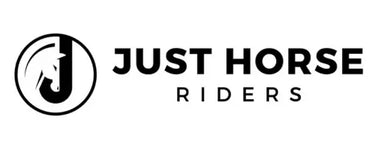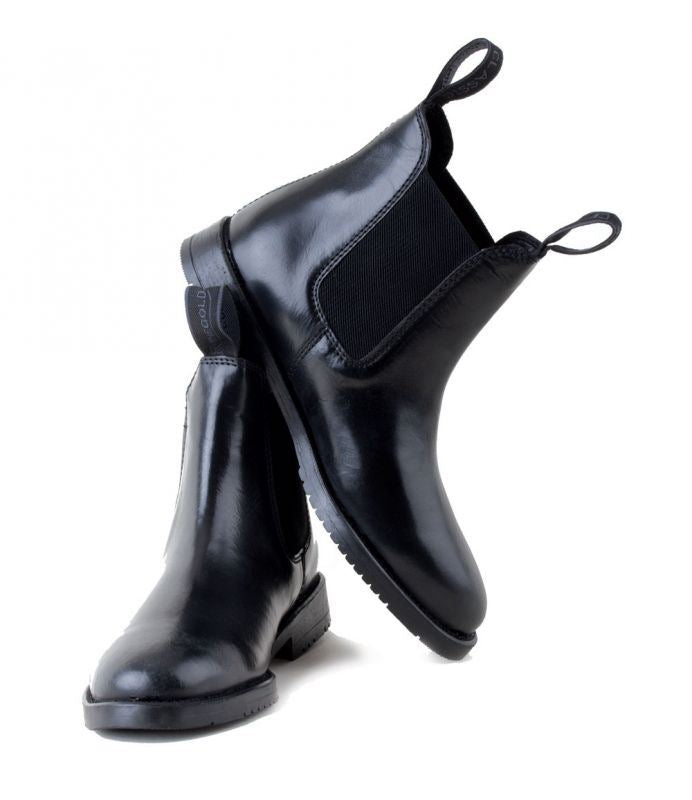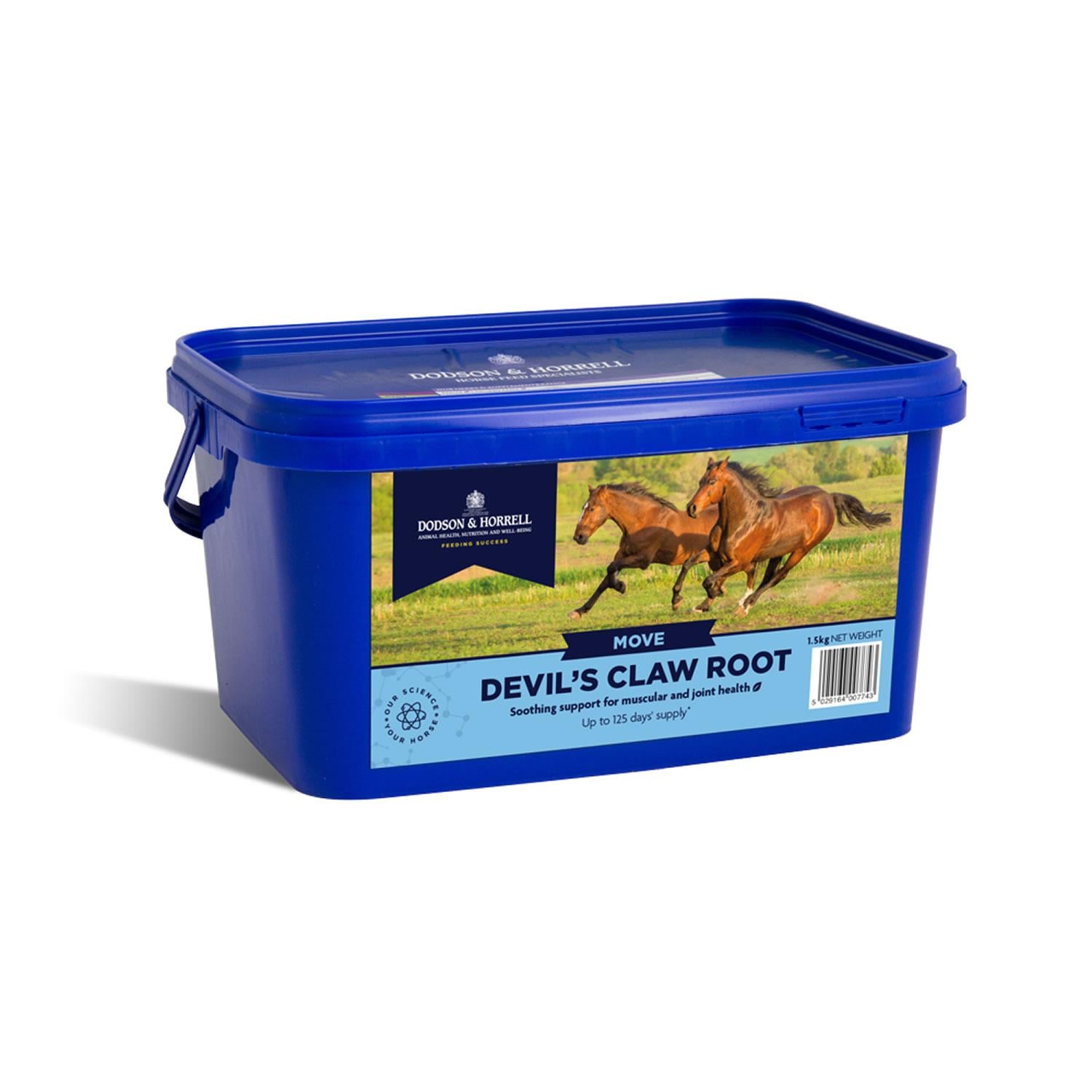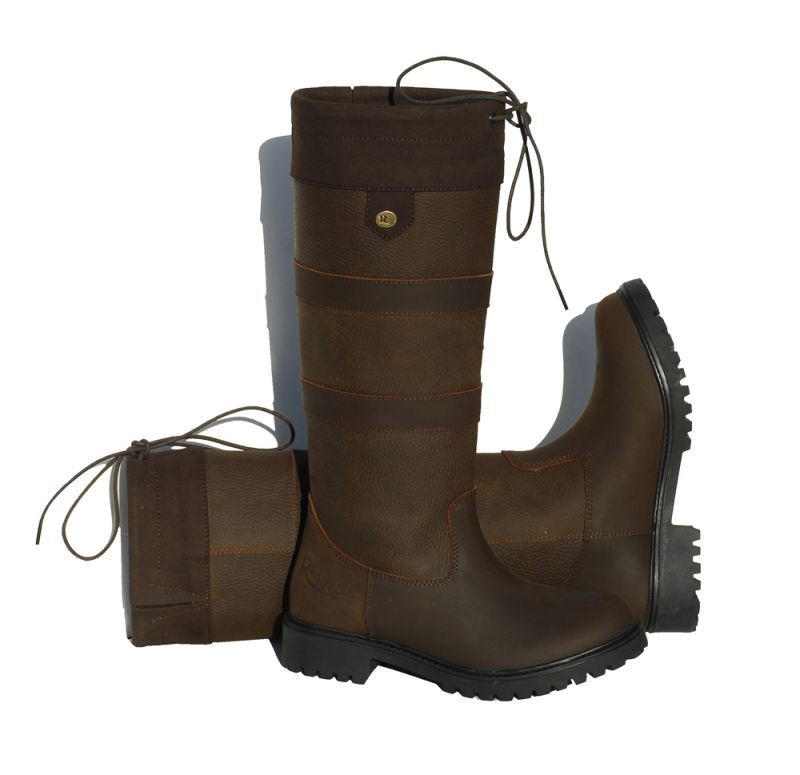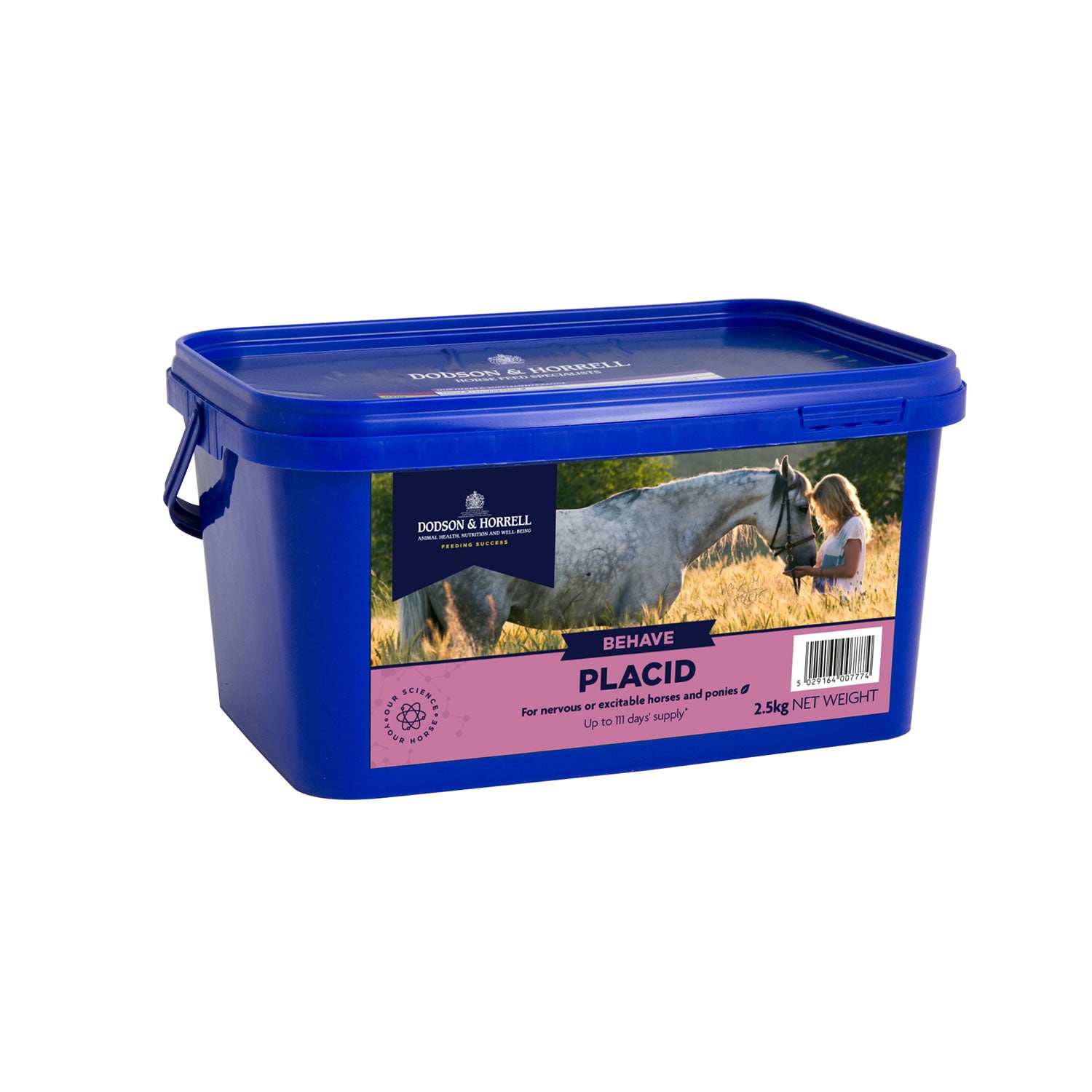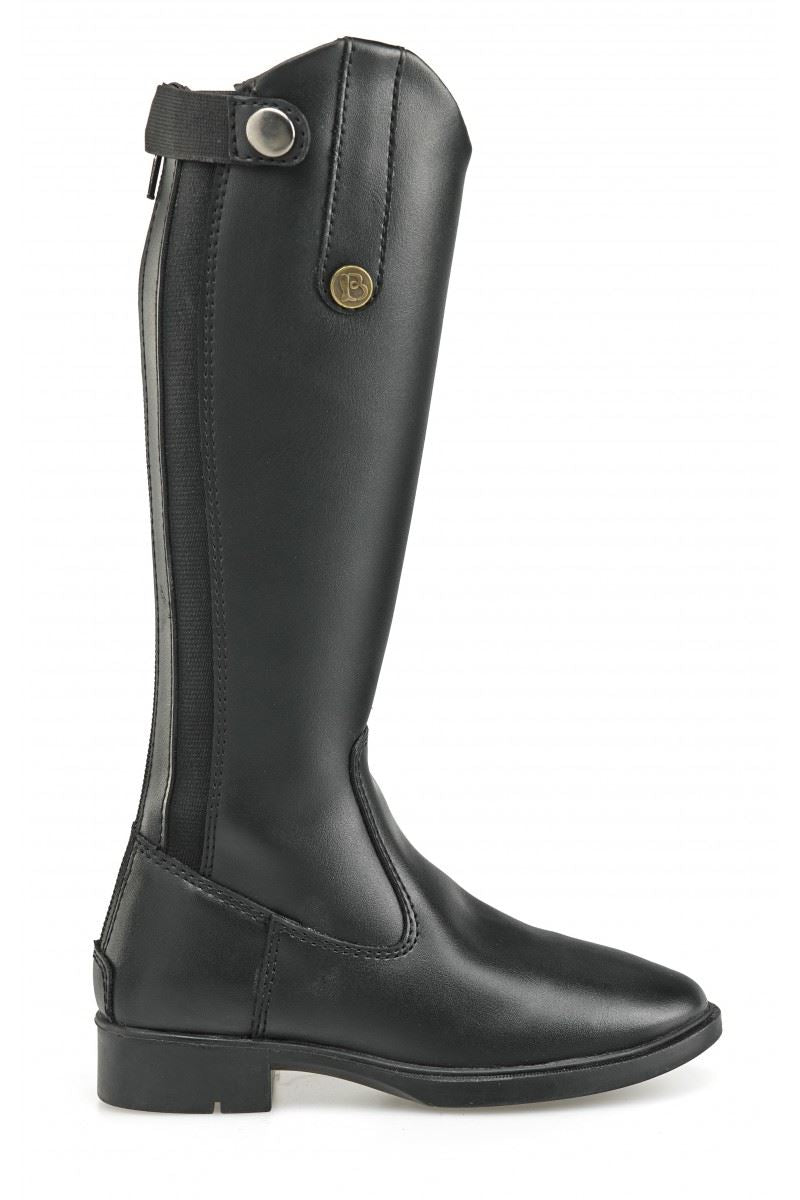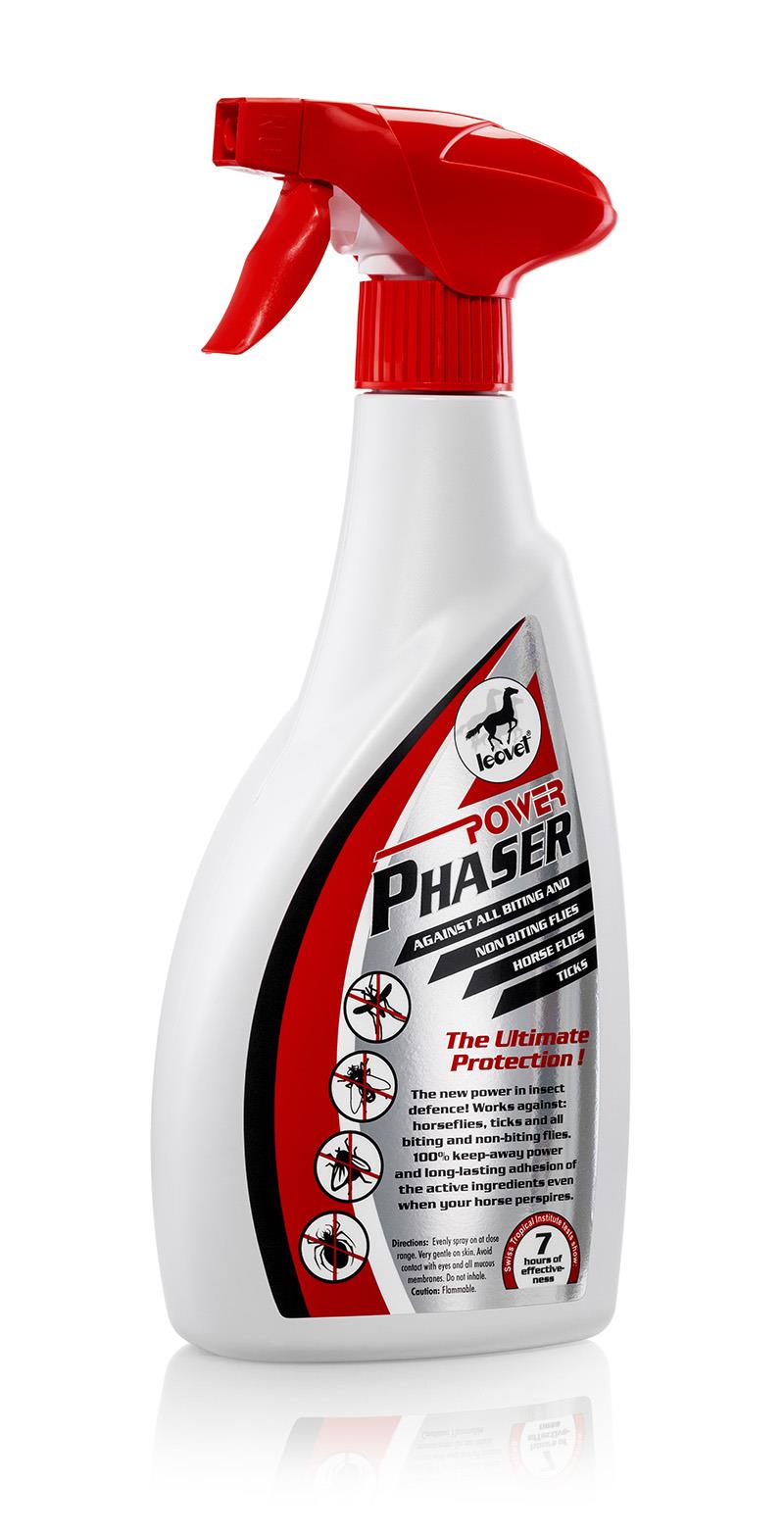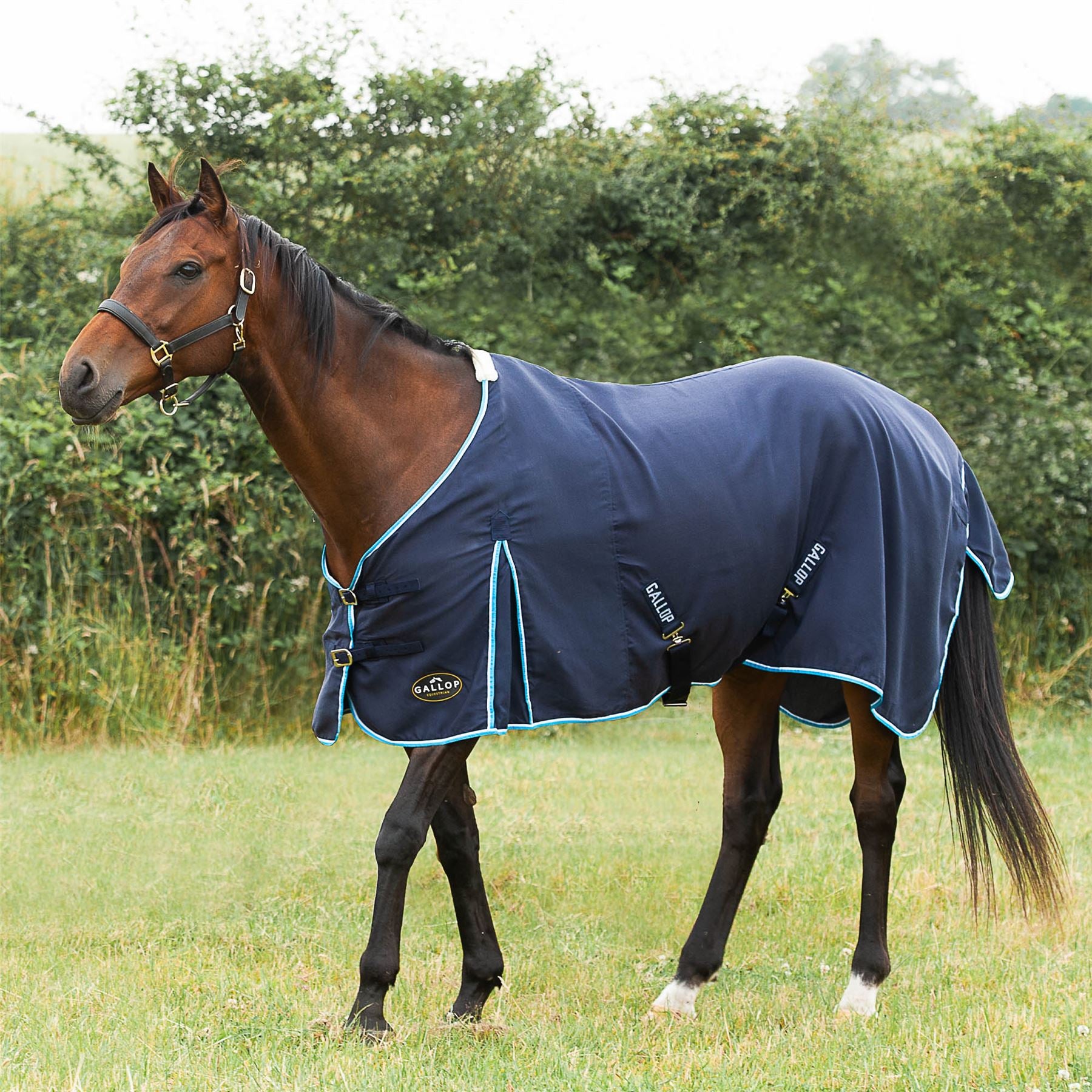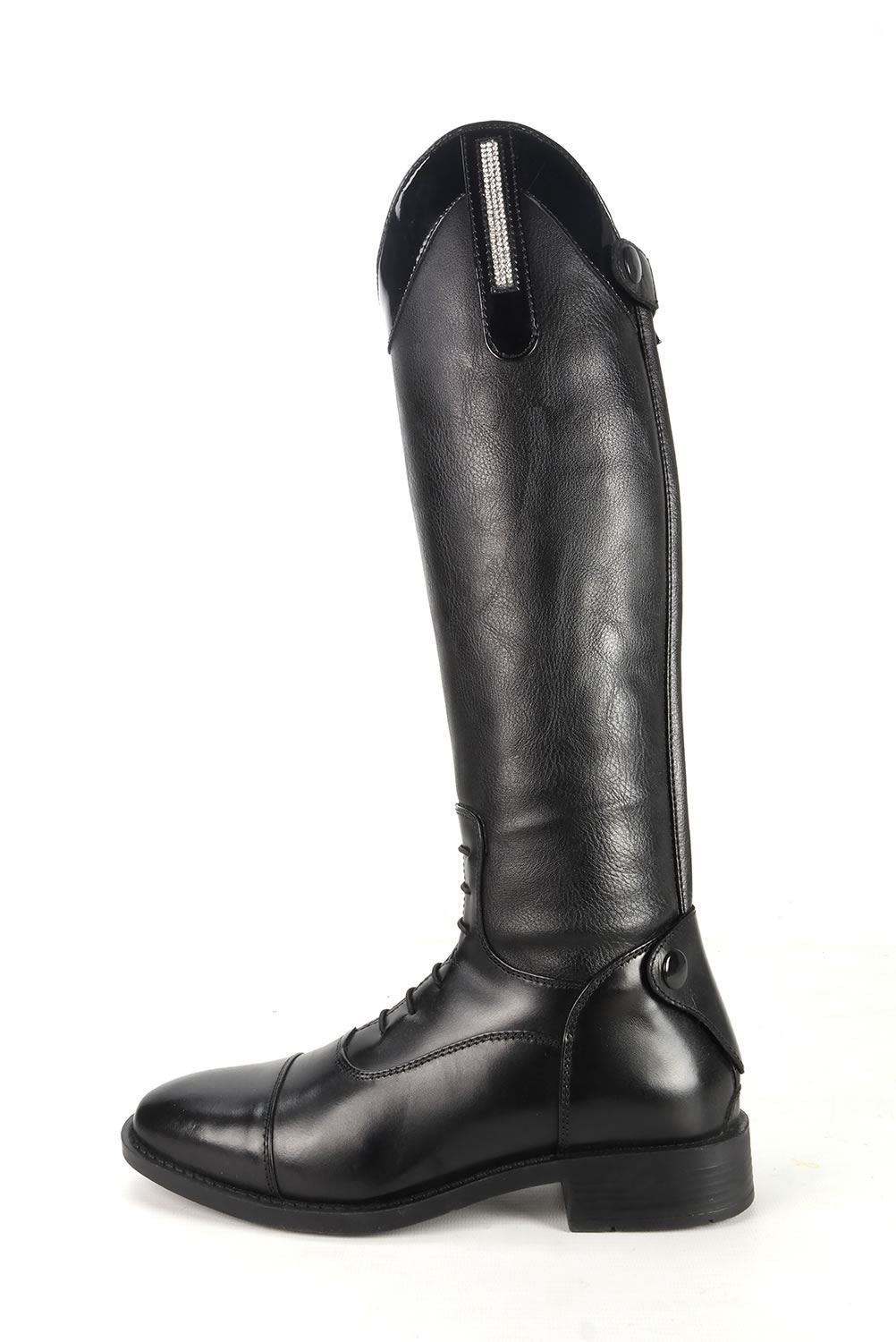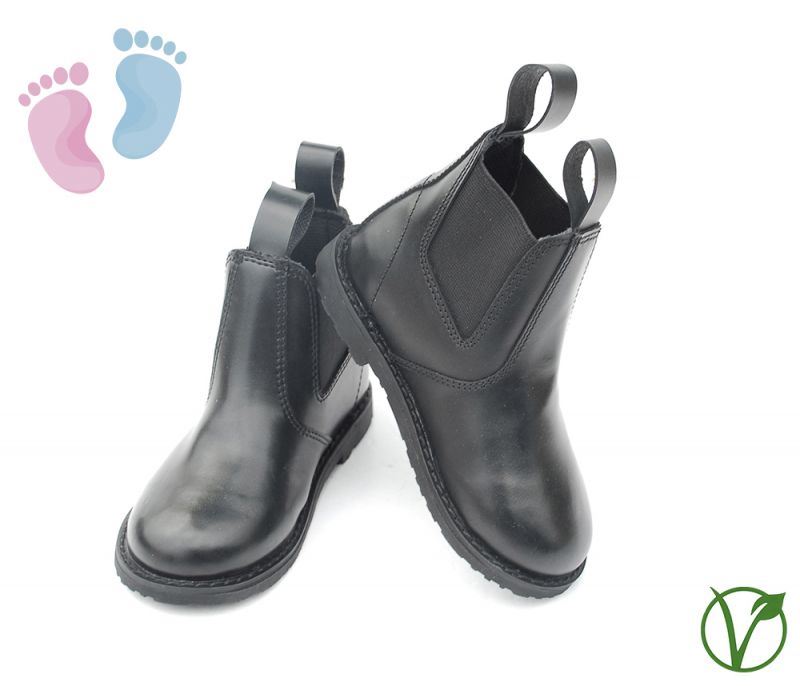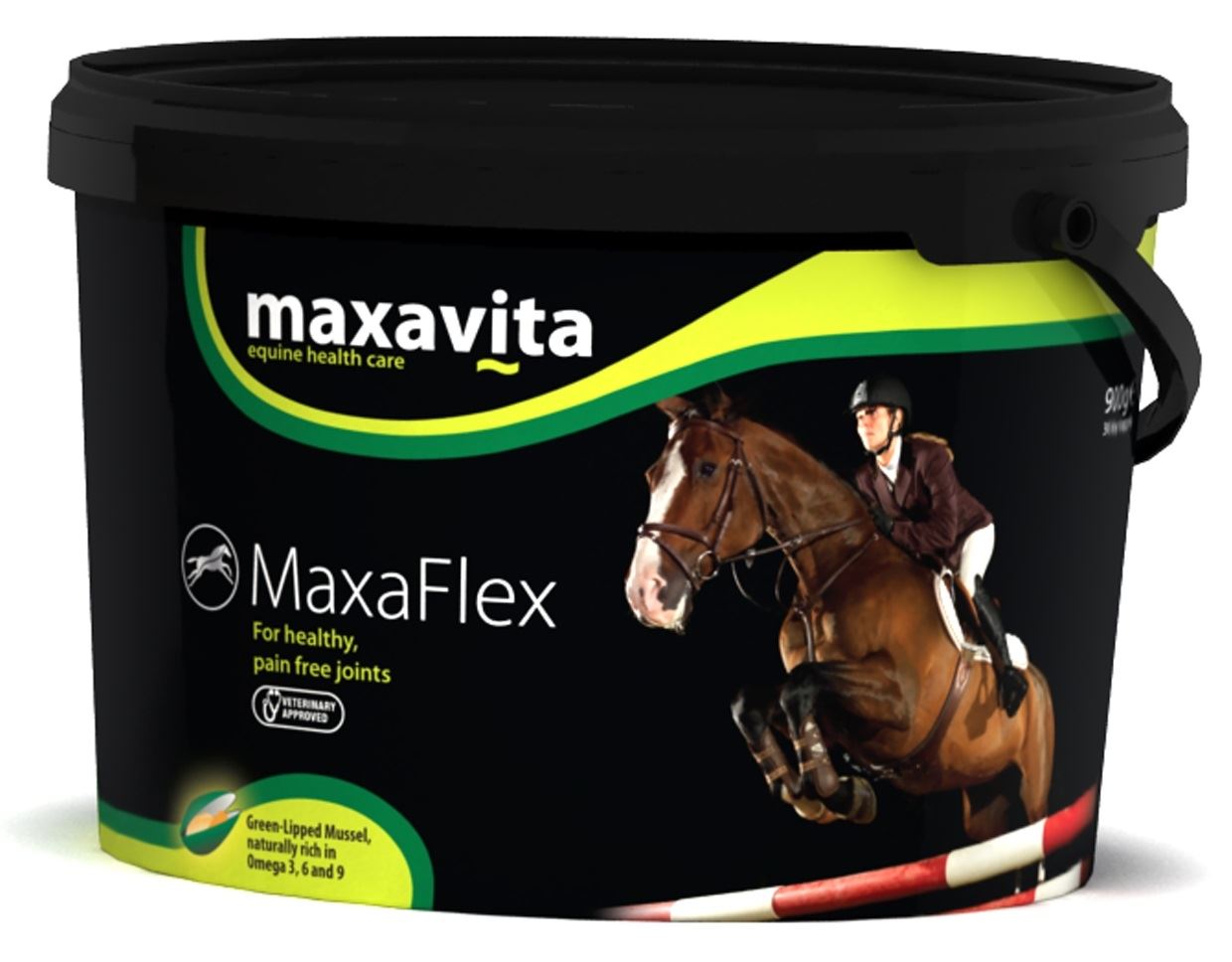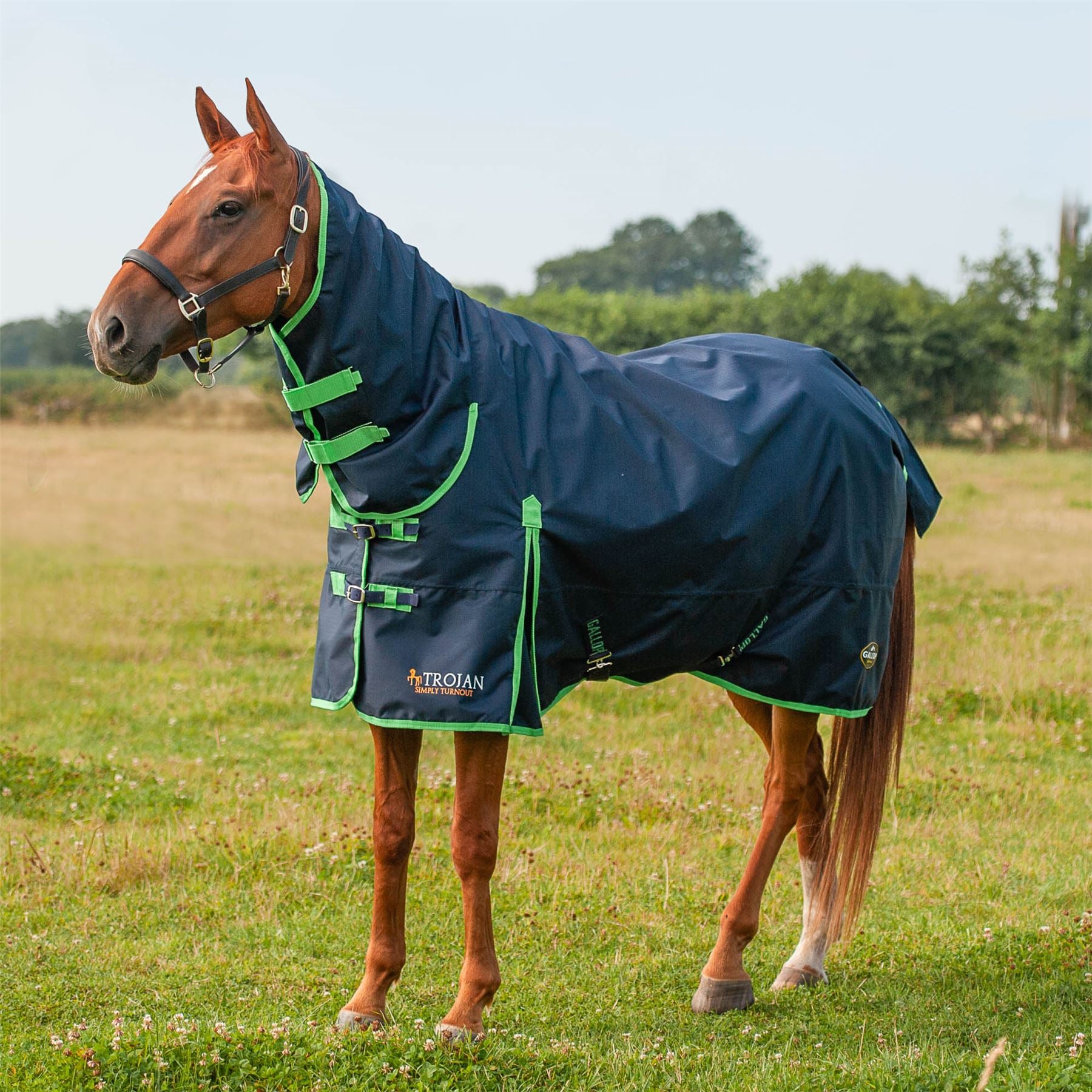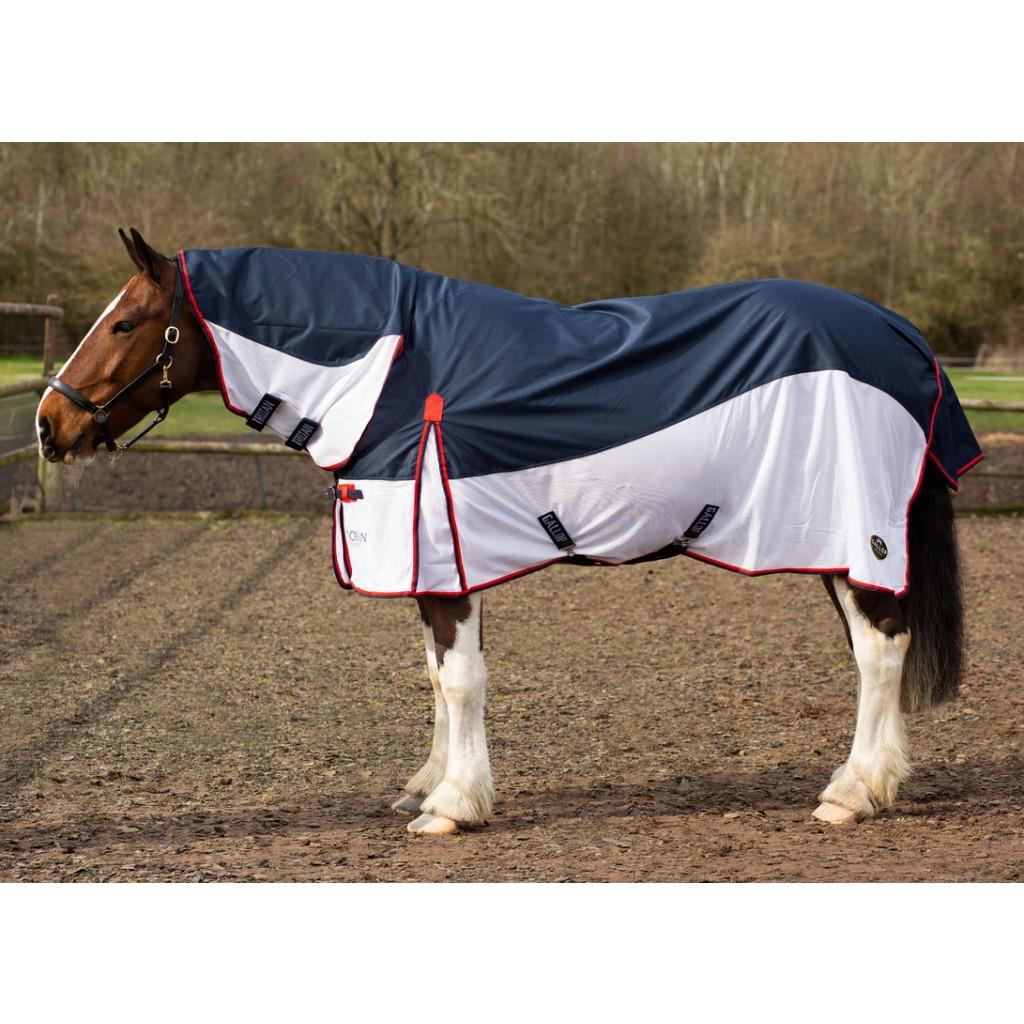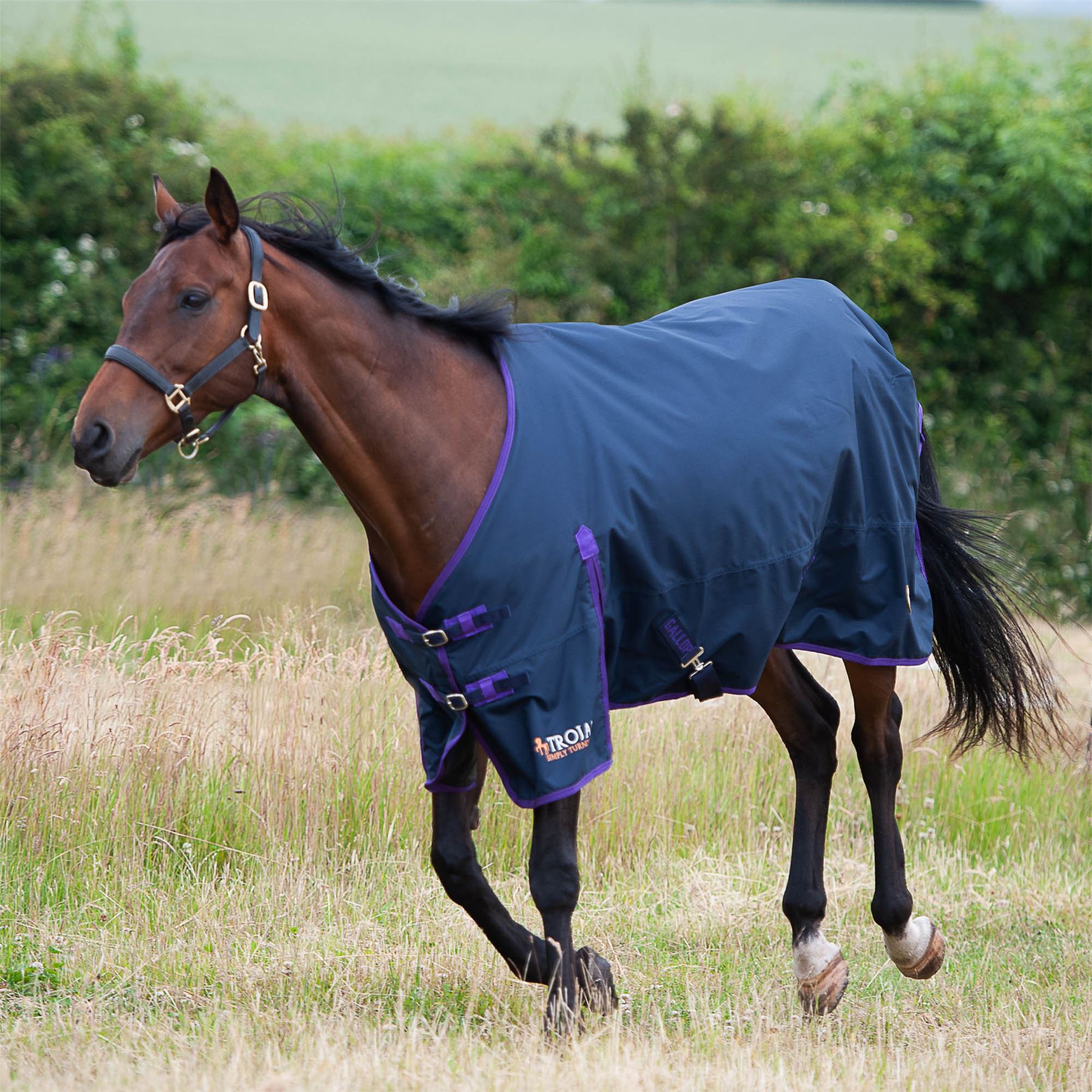The Importance of Vigilance: Tackling Equine Herpes Virus (EHV-1)
With news of a new outbreak in France causing a stir in the horse-loving circles, it's time for horse owners worldwide to adjust their reins and address the importance of managing Equine Herpes Virus (EHV-1). Here’s a comprehensive overview of this pesky virus and what you can do to outmaneuver it.Understanding EHV-1: The Unwelcome Guest
Equine Herpes Virus 1 (EHV-1) is not something you'd want to cross paths with during a leisurely trot. It's known for being highly contagious and can cause a spectrum of clinical issues including respiratory disease, abortion in pregnant mares, neonatal foal death, and, most critically, Equine Herpesvirus Myeloencephalopathy (EHM) - a neurological disorder. If horse viruses had a poker face, EHV-1 would be the one bluffing with serious health potions up its sleeves.Symptoms and Implications
At first glance, EHV-1 symptoms may appear like something out of a common cold catalog – with fever, nasal discharge, and overall malaise. But the neurological variant (EHM) can be especially sinister. Symptoms might involve fever followed by incoordination, hindquarter weakness, recumbency, and, yes – your otherwise stoic steed suddenly acting like they’ve misplaced their hooves. Severe cases can have almost as much drama as a Shakespearean play, where mortality rates range from 30-50%, making EHM a top-tier villain.How EHV-1 Spreads: It Might Not Walk, But it Sure Runs
If EHV-1 were to fill in a travel log, you'll notice it emphasizes direct horse-to-horse contact while occasionally bragging about the contagious powers of contaminated hands, equipment, and even tack. Aerosol transmission over short distances is its quirky, yet effective, limited-time offer for spreading. What’s worse, horses that seem perfectly healthy can harbor and shed the virus, unknowingly throwing a surprise party for struggling friends.Diagnosing the Doozy
Fortunately, technology is our trusty steed when it comes to diagnosing EHV-1. It's typically detected through PCR tests on nasal swabs or blood samples, and in cases of suspected EHM, both are needed to confirm suspicion. A relief or challenge, the prognosis can be as unpredictable as Britain's weather. Recovery varies widely, with lucky horses standing tall often having better outcomes than those that become recumbent, who might need as much coaxing o stay on their feet as a newborn foal.The Bare Necessities: Tackling the Virus with Biosecurity
To keep EHV-1 at bay, a robust biosecurity regime is the ultimate accessory. The British Equestrian Federation (BEF) advises that horse owners consult veterinary experts prior to traveling, keep horses isolated following specified quarantine protocols, and adhere to either a longer 28-day quarantine or a fast-track test-based option. Remember: It is not the time to let down your grooming brush, literal or metaphorical!The British Equestrian Federation to the Rescue
The BEF plays a critical role with its Equine Infectious Disease Advisory Group, acting as the shining knight passing on new wisdom and updated protocols. Their website has biosecurity guidelines that are, dare we say, horse-owner-mandatory reading material.Takeaways: A Multi-Pronged Approach to EHV-1
Amidst the commotion resulting from EHV-1's awkward visit to France, understanding the transmission and impact of this villainous virus is crucial in wrapping your head around containment. From consulting with experts to ensuring enforced quarantines, being prepared is never overrated. Stay informed through reliable sources like the BEF’s website and never underestimate the power of solid, well-implemented biosecurity measures – the unsung heroes of your equestrian lifestyle.More Trots for Thought
For the enthusiastic researcher longing to delve deeper into the subject, consider exploring: - The Science Behind EHV-1: Understanding genetic mutations that lead to neurological forms and their triggers. - The BEF's Role: Examining the protocols and advisory undertakings by the BEF in containing equine diseases. - Case Histories: Analyzing past outbreaks for patterns in cause and response efficacy. - Traveling Safely: Investigating equine international travel policies concerning quarantine and biosecurity. - Tech Shifts: Looking into recent advances in diagnostics and treatment for those equine maladies. Final remarks? Horses may demand much care, but so does guarding against what ails them. With vigilance, knowledge, and humor, any equestrian can reign supreme.Source: [Horse & Hound](https://www.horseandhound.co.uk)
Further details on EHV-1 can be found through the [British Equestrian Federation](https://www.british-equestrian.org.uk) and [FEI Database](https://www.fei.org).
